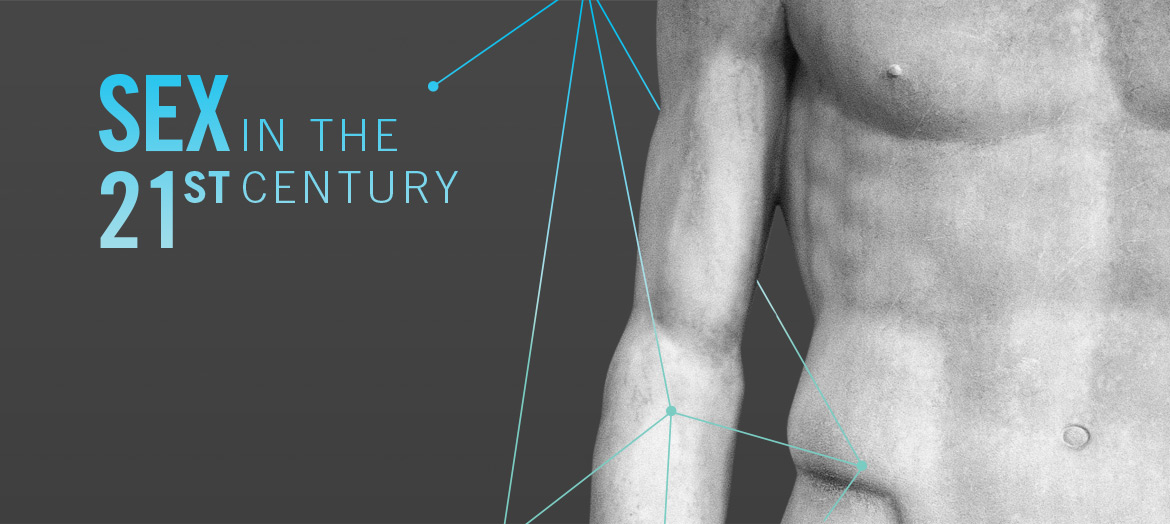Pelvic floor disorders
Overview:
The pelvic floor of the male appears to have some impact on sexual function, although its exact role is unclear. One male sexual condition may be helped by pelvic floor therapy, especially men with chronic pelvic pain syndrome. Male pelvic pain syndromes have traditionally been associated with infectious causes or prostate gland inflammation. In many cases, however, evidence of a bacterial etiology is nonexistent, while evidence of prostatic inflammation is conflicting and nonspecific. More plausible causes of prostatitis-like symptoms may include musculoskeletal pain, pelvic floor muscular dysfunction, myofascial pain syndromes, or functional somatic syndromes. A study comparing pelvic floor muscle EMGs of male patients with chronic pelvic pain to normal subjects reported that men with pelvic pain manifest pelvic floor muscle instability compared with normals. The study concluded that pelvic floor muscle EMG may be a valuable screening tool to identify patients with chronic pelvic pain syndrome who may benefit from therapies aimed at correcting pelvic floor muscle dysfunction. In fact, pelvic floor biofeedback has been studied and found effective in the treatment of men with chronic pelvic pain syndrome. Physical therapy that includes pelvic floor biofeedback and manual therapy techniques should be considered as well in the treatment of male chronic pelvic pain.
Physical therapy may also be helpful in some men with premature ejaculation. Ejaculation is controlled by the sympathetic nervous system. The proposed mechanism whereby active pelvic floor muscle control may delay its onset may be related to inhibition of the ejaculation reflex through intentional relaxation of the bulbocavernous and ischiocavernous muscles active during arousal. This may be facilitated by releasing the levator ani muscles through an active relaxation of the pelvic floor muscles with avoidance of valsalva. This is a learned technique, which may be mastered using pelvic floor biofeedback. Pelvic floor exercise has been reported in the treatment of premature ejaculation. La Pera and Nicastro published their findings that 61% of patients with premature ejaculation reported that they were better able to control the ejaculatory reflex after 15–20 sessions of pelvic floor rehabilitation. The rehabilitation protocol included exercise, intra-anal electrostimulation, and biofeedback with an anal pressure probe. The exercise portion of the treatment consisted of basic pelvic floor isometric strengthening activities in supine and standing. The mechanism behind actually controlling the ejaculation reflex through the pelvic floor is not clearly understood; however, the exercises do provide self-familiarity and body awareness, which may help improve self-confidence and sense of control
